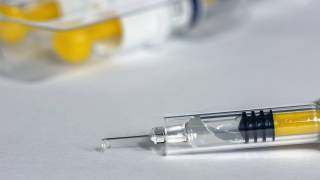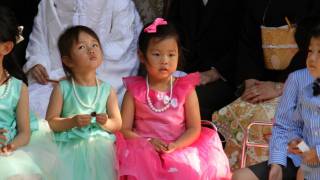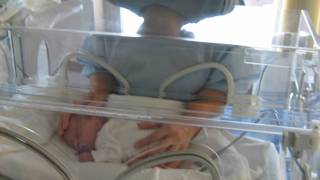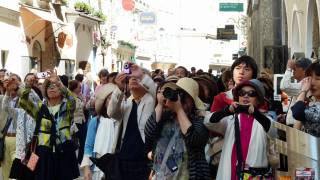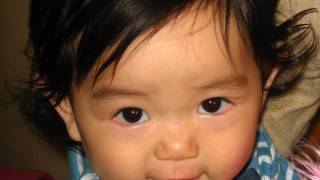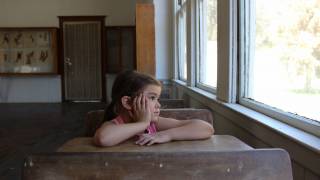Rubella Vaccine Production To Increase
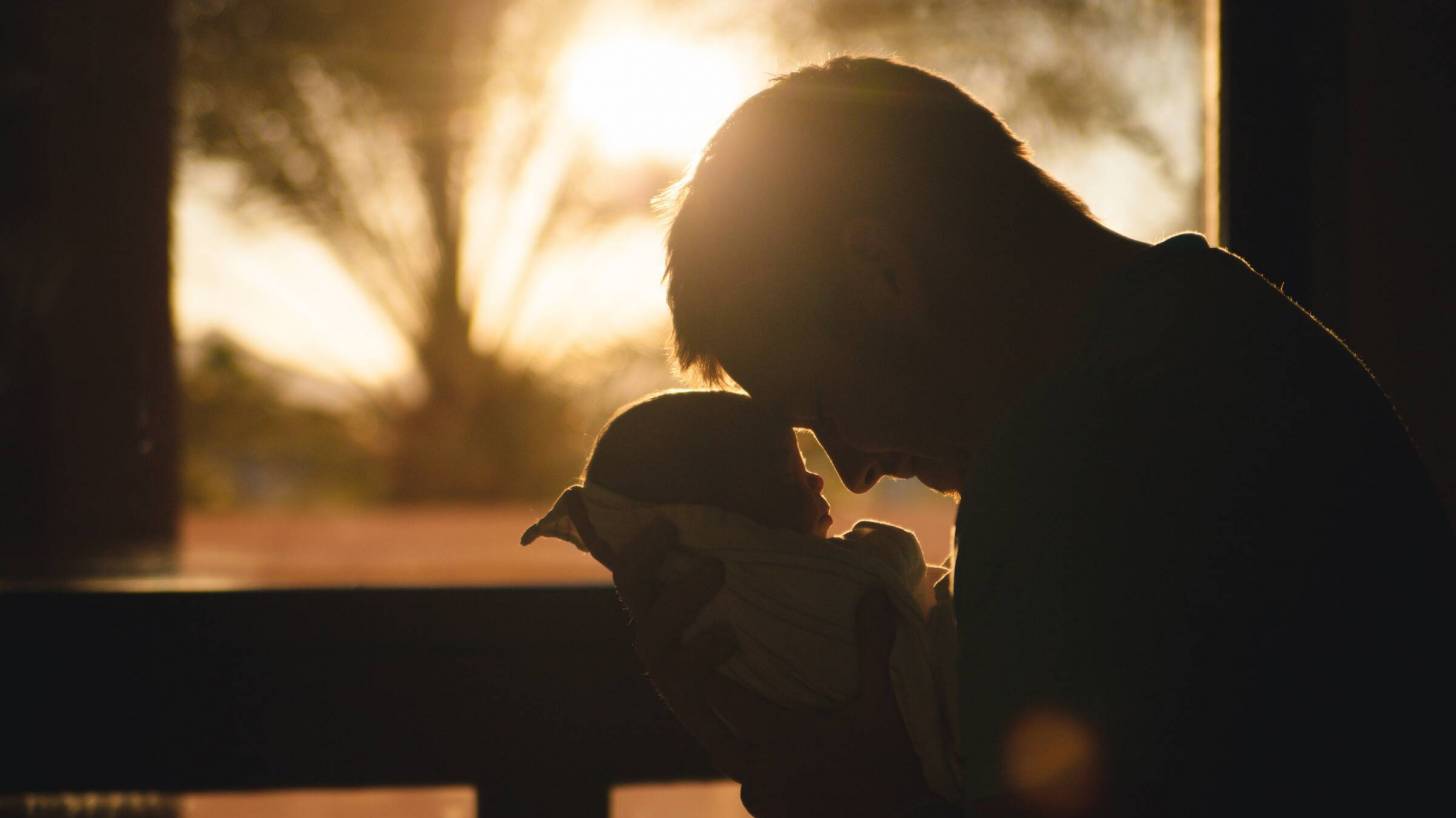
A strategic collaboration was announced aimed to streamline the clinical-grade manufacture and global distribution of Wistar’s rubella vaccine seed stock commonly known as RA 27/3.
Wistar’s RA 27/3 rubella vaccine was developed in 1969 and has been reported safe and protective by the U.S. FDA since 1979.
“We must continually find creative ways for non-profit and for-profit companies to work together to make life-saving technologies easily accessible to people around the globe,” said Heather Steinman, Ph.D., MBA, Wistar’s vice president for business development, on April 29, 2020, in a press release.
“The generous funding support from the Gates Foundation is the glue that has enabled Wistar and Batavia Biosciences to unite with a single mission of ensuring long term supplies of RA 27/3”.
Mainly due to insufficient production capability, the number of companies that produce rubella vaccines has been steadily decreasing, causing global shortages of the vaccine, said Wistar.
The RA 27/3 rubella vaccine is a live attenuated virus and was attenuated by 25–30 passages in tissue culture, using human diploid fibroblasts. It does not contain duck, chicken, or egg protein.
The number of countries using rubella vaccines in their national immunization programs is steadily increasing, and global rubella vaccine coverage in 2018 was estimated at 69% by the World Health Organization.
Despite this progress, rubella control is lagging behind, and several countries have neither introduced the vaccine nor set elimination or control targets.
RA 27/3 rubella vaccine is safe and more immunogenic than rubella vaccines used previously, says the US Centers for Disease Control and Prevention (CDC).
In clinical trials, 95% or more of vaccinees aged 12 months and older developed serologic evidence of rubella immunity after a single dose.
More than 90% of vaccinated persons have protection against both clinical rubella and viremia for at least 15 years.
Follow-up studies indicate that one dose of vaccine confers long-term, probably lifelong, protection.
The seroconversion rates are similar for the single-antigen rubella vaccine, and other CDC approved measles vaccines.
The name rubella is derived from Latin, meaning “little red.” Rubella was initially considered to be a variant of measles or scarlet fever and was called “third disease”.
It was not until 1814 that it was first described as a separate disease in the German medical literature, hence the common name “German measles”.
Complications of rubella are not common, but they generally occur more often in adults than in children.
Arthralgia or arthritis may occur in up to 70% of adult women who contract rubella, but it is rare in children and adult males.
Congenital Rubella Syndrome (CRS) prevention is the main objective of rubella vaccination programs in the United States.
Congenital infection with the rubella virus can affect virtually all organ systems.
Deafness is the most common and often the sole manifestation of congenital rubella infection, especially after the fourth month of gestation.
Manifestations of CRS may be delayed from 2 to 4 years. Diabetes mellitus appearing in later childhood occurs frequently in children with CRS, says the CDC.
The Wistar Institute is an international leader in biomedical research with special expertise in cancer research and vaccine development.
Rubella vaccine news published by Precision Vaccinations.
Our Trust Standards: Medical Advisory Committee









